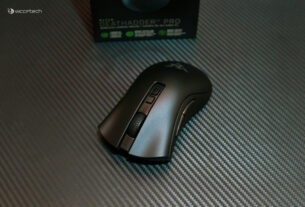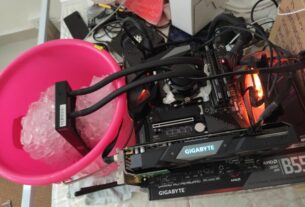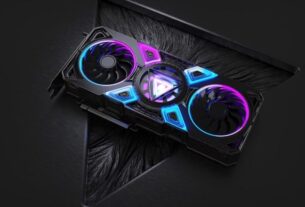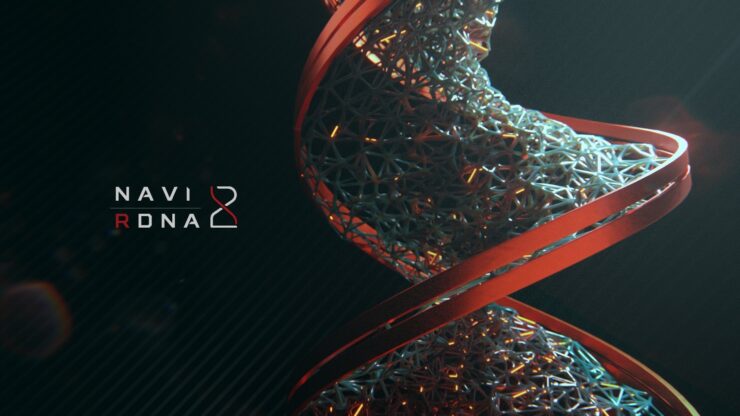
Image credits: DaQuteness
Komachi_ensaka recently posted a CU count of AMD’s upcoming Navi 21 GPU and this is the same count that has been posted by Chiphell leakers and other various twitter leakers so It is definitely starting to look credible. At 80 CUs you are looking at 5120 stream processor and could be the big Navi that gamers have been waiting for almost 3 years now.
AMD’s Navi 21 GPU to have 80 CUs according to yet another leak
Twitter user _rogame also created a compilation of the leaked specifications and this is a great table for reference purposes:
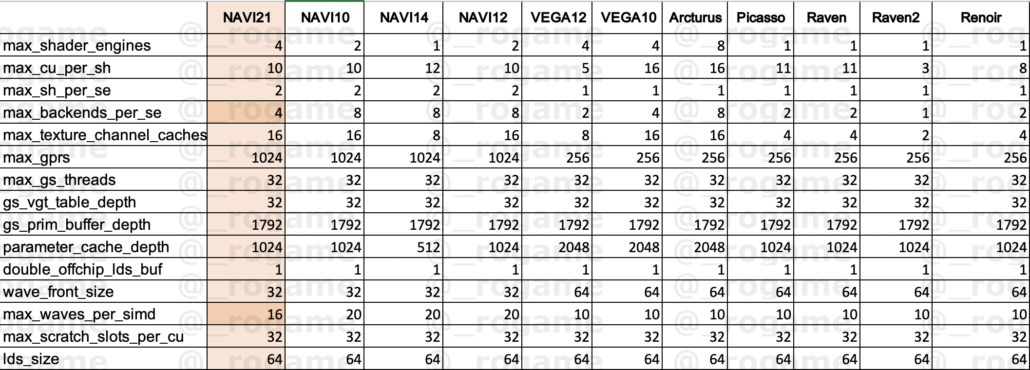
80 CUs translate to 5120 stream processors (assuming the same ratio as GCN) and if AMD is able to run these at a minimum of 1700 MHz, you are looking at an astounding 17.5 TFLOPs of power. Considering this is 7nm, AMD should easily be able to hit that (unless they run into TBP constraints) although you are still looking at quite a steep power draw of around 300W (not that any gamer in the high-end segment cares about power draw).
It is entirely possible that this is the Big Navi that was promised to us almost 2.5 years ago and the one that will deliver to AMD fans the high-end card they have been waiting for. On the other hand, it is also possible that this is a new die that the company prepared and while these graphics cards will obviously more powerful than the RX 5800 series, it is still not Big Navi.
Considering we are looking at at least four confirmed launches from AMD where graphics cards are concerned (thanks to EEC fillings), it is very likely that the Open VR entrant we saw recently is one of these. Nomenclature would dictate that the RX 5950 XT (or 6950 XT or whatever AMD decides to call it) be significantly more powerful than any of its younger siblings (like the already-released RX 5700) and going by the steps involved, we can easily see that this is going to be quite a powerful card.

AMD’s CEO, Dr. Lisa Su, has also promised high-end Radeon RX Navi GPUs. Lisa also mentioned that AMD is heavily investing in ray tracing for their 2020 discrete GPU lineup which would feature the 2nd Generation RNDA architecture with hardware-level integration to support ray-tracing. The features to expect from 2nd Generation RDNA Navi GPUs would be:
- Optimized 7nm+ process node
- Enthusiast-grade desktop graphics card options
- Hardware-Level Ray Tracing Support
- A mix of GDDR6 and HBM2 graphics cards
- More power-efficient than First-Gen Navi GPUs
AMD’s GPU side has been pretty much lackluster over the past couple of years and while the CPU side has made one hell of a comeback, its time for Radeon to shine once again. The last impressive launch that I recall was Hawaii and the RX 5950 XT/6950XT looks like it could restart AMD’s competitive streak in the GPU side of things as well. Equipped with a process advantage over its competitors, and with NVIDIA backed into a corner with its expensive Turing chips, this is one of the biggest opportunities for AMD Radeon to shine again.

